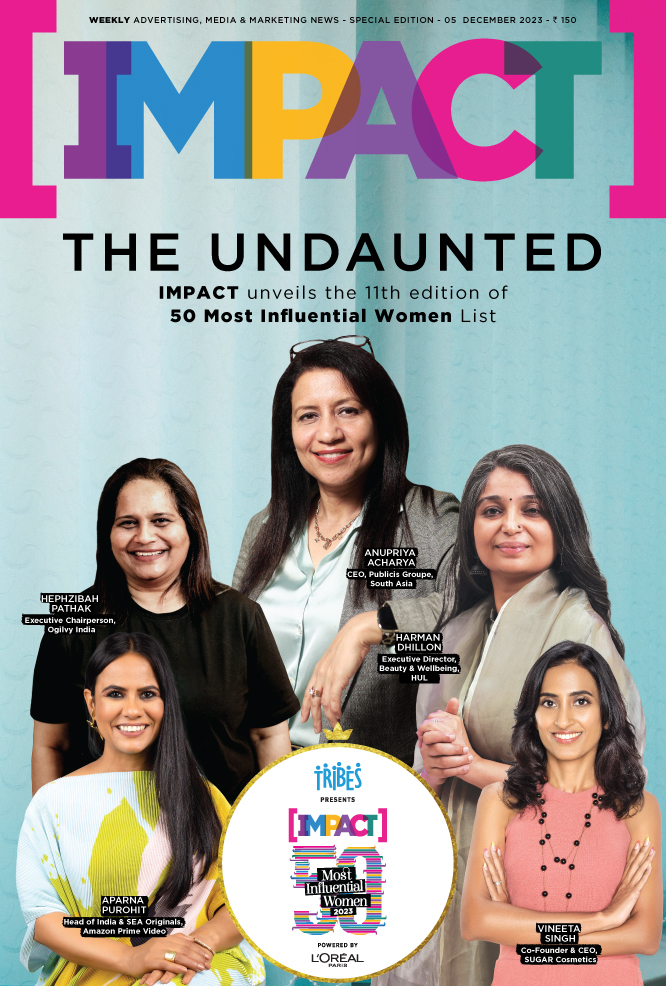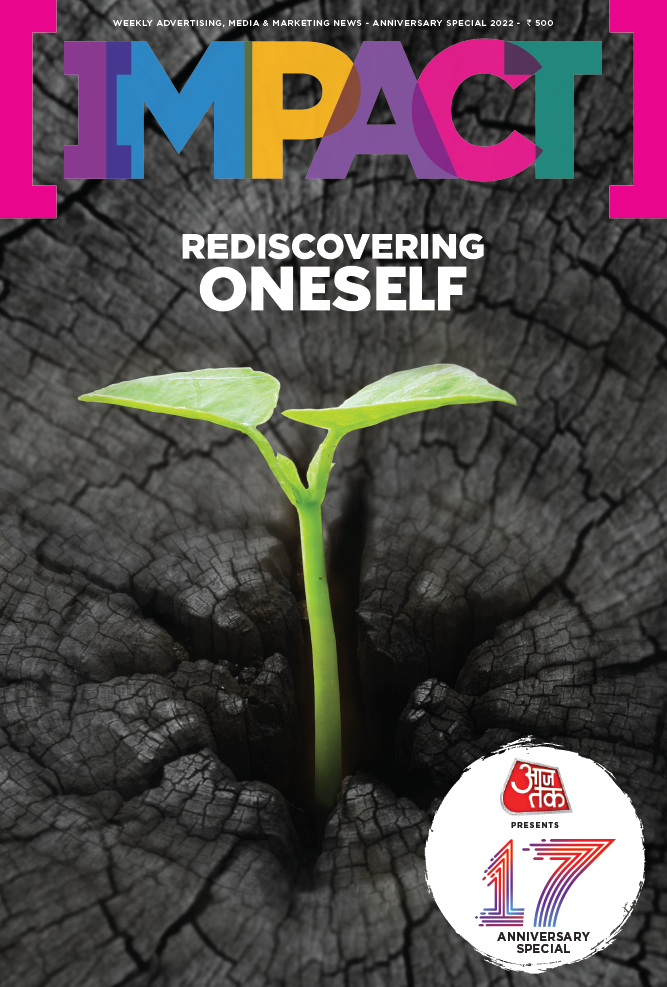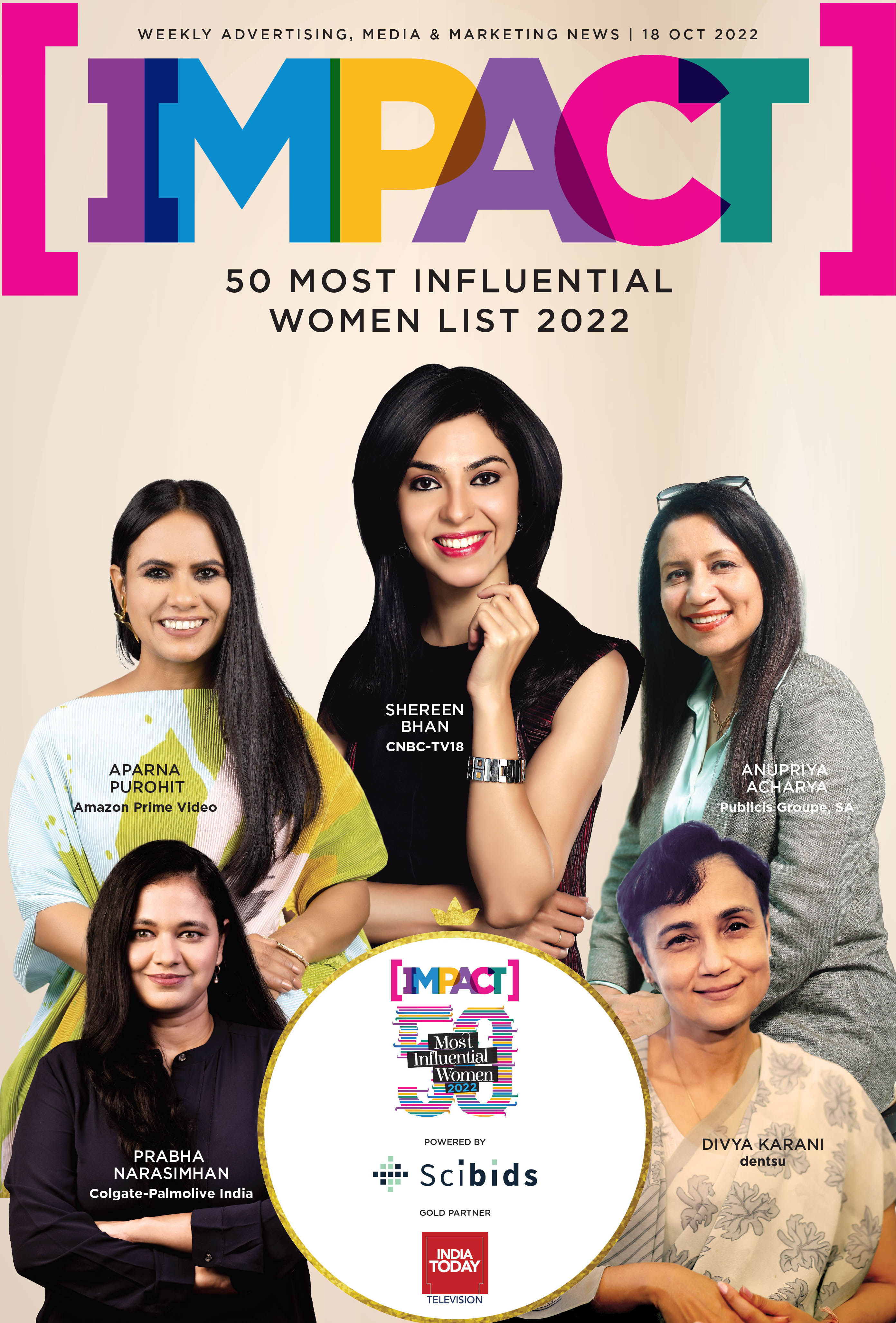After a two-year wait, the Broadcast Audience Research Council (BARC) became a reality on Wednesday, April 29, 2015, releasing the first set of data using the new matrix to measure television audiences. With this, media planners, broadcasters and advertisers got to see the first set of household (HH) data for 1 lakh+ CS households, even as they awaited the launch of more specific individual data expected to stabilize and be made public three months later.
While the initial BARC data has been received enthusiastically by channels that have topped their respective genres, stakeholders have cautioned that the data should not be compared with TAM data, primarily because it is a new matrix and also because it is a new system. Therefore, time has to be given for media planners, broadcasters and advertisers to fully understand just how the new software - BARC India Media Workstation (BMW) – works, but also how this new information can be used effectively.
As expected, while there was excitement across the industry when the first set of data was released, confusion also prevailed about migrating from one system to another, newer one. When IMPACT visited a media agency just six days before the release date, the BARC software was just being installed. Even though BARC India claims to have trained over 3,000 people across the country on BMW, touted to be very user-friendly, a lot of time was spent getting used to working on the system and understanding what the data thrown out meant. However, these are just the initial hiccups and hurdles which had already been anticipated, and in general the industry has shown a positive response to BARC.
What’s supposed to be Different
The big complaint against TAM, the industry’s measurement matrix so far, has been its sample size, which many, particularly niche channels, believed to be non-representative of the heterogeneous and diverse Indian population. To tackle this, BARC India will be releasing data initially for 1 lakh+ CS markets, which corresponds to a sample size of 10,760 households and monitor 12,000 sample households using a statistically proven stratified random sampling technique. In comparison, the number of PeopleMeters presently under TAM is 12,200, with individual sample size of 45,000, present across 225 cities. Speaking to IMPACT in March 2015, LV Krishnan, CEO of TAM Media Research, reiterated that TAM will continue expanding to meet the requirements of the marketplace.

On its part, BARC is expected to go up to 20,000 reporting homes, with addition of the less than 1 lakh urban markets and rural areas in about three months time. With the strategy being to go deep in the metros and wide in the rest of the country, BARC looks to address this issue and niche channels are betting big that a larger representation will translate into higher viewership as BAR-ometers are present across India, including Jammu & Kashmir and the North-eastern States, which are not mapped now. Though 50% of Indian homes are located in the rural market, 30% of meters will be deployed there as the rural market is homogenous when compared to urban, which is heterogeneous.
There can only be one Number 1!
The increased panel size and deeper penetration, however, does not change the simple truth that there can only be one Number 1 as far as ratings are concerned in a particular genre. Case in point: the news genre, which has often rallied against TAM. Looking at the first set of data, the much publicized market leader in the English news space continues “absolute dominance” at the top of the BARC ratings chart. This is also true across most other genres, as the pecking order of ratings by and large remains the same, barring one or two aberrations. As was seen in the case of TAM, competing channels in the business news genre have once again proclaimed their dominance and Number 1 position, and it seems, nothing much has changed here too. Therefore, is BARC data really different, or is it the same old wine repackaged in a new bottle? But, to be fair, it’s just the first week with the new matrix and it would be advisable to maintain caution and wait for at least three to six months to see emerging trends.

As is known, in the initial stages, BARC will report Urban and Urban+Rural and as the number of meters increases, Rural will be reported separately. This is set to happen by June or July and that’s when broadcasters and media planners believe the big change will come and the pecking order of channels could change. As rural markets continue to up spends and the consumption patterns are tracked, the shift to NCCS is expected to provide valuable inputs for media planners, advertisers and broadcasters which could lead to changes in not just marketing strategies but also content. The other highlight is the additional reporting of separate data for high-definition (HD), which is currently not being captured by TAM.
Reporting week: Saturday to Friday
Another change is the reporting pattern is that BARC’s data will be for the period Saturday to Friday and will be released every Wednesday. In comparison, TAM ratings are released on Thursday and the reporting week is Sunday to Saturday. On a lighter note, this reporting structure has led to apprehension that people at the BARC office have to report to work on a Sunday to ensure that the ratings are out on Wednesday!
The New Consumer Classification System (NCCS)
Classification of audiences under the NCCS is being seen to be the big game-changer for BARC, with Indian consumers considered on the parameters of education and ownership of a pre-decided list of 11 consumer durables. Marketers and broadcasters say that NCCS will help them target consumers more effectively, and overcome the limitations of the SEC system used by TAM, as it reflects reality by tracking the consumer’s propensity to spend. On the other hand, SEC classification is based on the occupation and education of the chief wage earner of the family.
While many in the industry bat for NCCS, some say that both classification systems have their own advantages and disadvantages, and can be used based on the need. With NCCS based on the ownership of durables, it is skewed to highly mass penetrated categories, likely to have a more broad-based audiences. However, experts add that in the niche categories which are lower penetrated and need sharper discrimination, SEC presents a far better picture. Talking to exchange4media, Mallikarjunadas CR, CEO, Starcom MediaVest Group said, “It is the lower penetrated, niche categories that often target upscale audiences and need sharper discrimination. The older, much maligned SEC actually does a better job at some levels. The problem in hand is apparent when one compares the Household dispersion across categories A and B, in both SEC and NCCS. SEC A & B together account for 43% of urban households. NCCS A and NCCS B jointly have a share of 67% of urban households!”

It’s Household and not Individual Data
“Hey Partho, I cannot bring myself to like BARC just yet. Had a meeting with your team in Delhi. Did not have a convincing argument on what differentiates BARC from TAM. I was told that we can actually plan on HH data which to me sounded a bit far-fetched really. I am not really sure how this is done nor were they able to tell me that. They did say they would get back to me but no response as yet. So you see my predicament. Maybe in the future I will like the page. :) regards. Rajul...”
This was the comment from Rajul Kulshreshtha, co-founder, Xposure on BARC’s Facebook page, and this is a thought which has been expressed by many media planners and broadcasters too. On condition of anonymity, a media planner stated that as the data is new and maps households, not individuals, media planners have to assess how to use the data. A broadcaster also commented, again anonymously, that BARC has not been able to address some of their concerns satisfactorily. With data being released from now on, one issue raised by a concerned party is of servicing. The primary concern over household data as against individual data is that as the viewership is attributed to the entire household, the numbers may seem larger than what it actually is. Thus, the Gross Television Rating Point (GRP) is higher as only household data is being captured. Until the time that individual level data is given out with deeper segmentation, genres such as youth, music, kids etc will suffer.
Allaying these fears, Shashi Sinha, CEO, IPG Mediabrands India & Chairman, BARC India Technical Committee says, “We have been tracking individual data since Day One. It’s because of the stability factor that we are not releasing it right now. As we use the watermarking technology, the household data is far more stable.” Sinha also explains, “We have not released the data as individuals have to press the right button and people in the panel homes have to get used to it. This is taking time and we are training them, and we have already got a good percentage. Finally, at the end of the day, this is a matrix for planning and buying. You may not get male and female ratios but you are getting household data and NCCS cuts from day one. These are broad trends and it is not that you cannot plan. Yes, people have got used to planning in a particular way and we don’t want to change that. It won’t be long - perhaps three to six months or earlier- before we start releasing individual data.”
Why BARC?
The Broadcast Audience Research Council (BARC) India is an industry body to design, commission, supervise and own an accurate, reliable and timely television audience measurement system for India. In the late 1990s, Nielsen and Kantar came together to offer The Audience Measurement (TAM) ratings. Over the years, TAM has been caught in many controversies with the industry questioning the veracity and integrity of its data. In addition, TAM was questioned on various issues - whether the sample size adequately addresses the heterogeneous and diverse India market, the exclusion of rural markets, the technology which was seen by many to be outdated, as well as the issue of transparency. On the whole, BARC was set up to address these issues.
Guided by Telecom Regulatory Authority of India (TRAI) recommendations and Ministry of Information & Broadcasting (MIB) notifications of January 2014, BARC India brought the three key stakeholders in television audience measurement - broadcasters, advertisers, and advertising and media agencies, together via their apex bodies
BARC, a joint industry body, was set up in 2012, by the Indian Broadcasting Foundation (IBF) which has a 60% stake, the Indian Society of Advertisers (ISA) and the Advertising Agencies Association of India (AAAI) with 20% stake each. In June 2013, BARC released Request for Proposals (RFPs) to global providers of technology and research for broadcast measurement services In January 2014, BARC announced France’s Mediametrie as the key technology vendor for key technology services and licensing In February 2014, Dutch tech firm Civolution was contracted for the watermarking technology that is the USP of BARC On April 29, 2015, BARC formally put out the first set of television measurement system data. |
Meanwhile, here is what TAM reported for week 17...
According to TAM data for week 17 (between April 19 and April 25, 2015) for Hindi GECs CS 4+ GRPs (Individual) and CS HHLD GRPs (Household), Zee TV took the third spot in individual ratings. In household ratings as well, Zee was at the third position in week 17. Life OK was at fourth place both in individual ratings and household ratings. Star Plus led the Hindi GEC pack followed by Colors.
Household versus Individual data
Until individual data is made available by BARC, media planners will have only household data to aid them. While each has its own merits, a look at TAM data for Hindi GECs during week 15 (April 5 – 11, 2015) and week 16 (April 12 – 18, 2015) in HSM indicates the disparity between Household and Individual data. Looking at the ratings of Life OK and Sab TV presented an interesting picture. While Life OK scored more than Sab TV in terms of household ratings for the two weeks, Sab TV managed to get more ratings when it came to individual ratings. In household ratings, Life OK scored 336 GRPs while Sab TV scored 313 GRPs, however in individual ratings, Sab TV fared better as it scored 141 GRPs in comparison to Life OK’s 135 GRPs.
(*TAM follows a Sunday to Saturday week, while BARC follows a Saturday to Friday week)
Feedback: simran.sabherwal@exchange4media.com


























